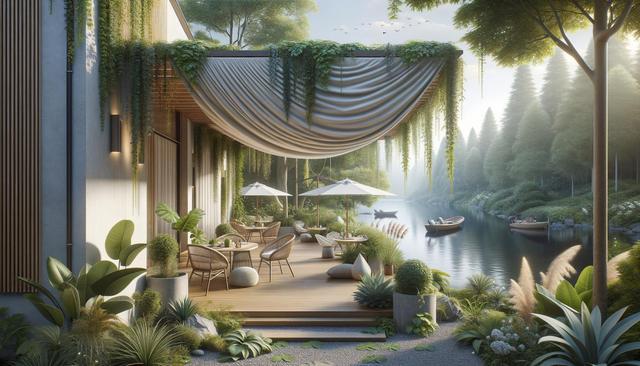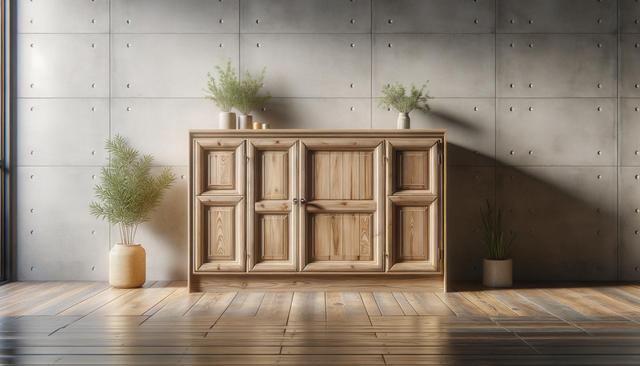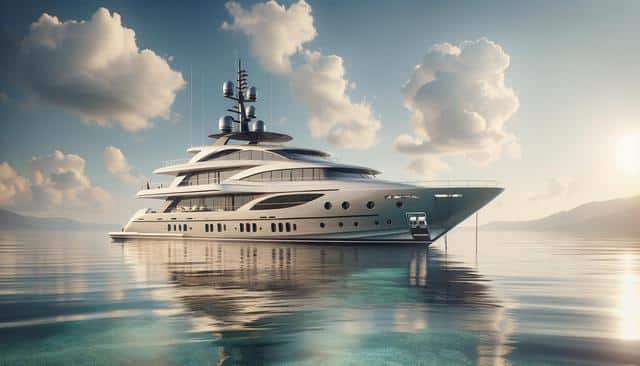
Awnings & Overhangs: Enhancing Functionality and Style in Outdoor Spaces
Understanding the Purpose of Awnings and Overhangs
Awnings and overhangs serve as architectural features that combine form and function. Primarily, they offer protection from the elements, providing shade during hot weather and shelter during rain. These structures are commonly attached over doors, windows, patios, or walkways to create more comfortable and usable outdoor spaces. By reducing direct sun exposure, they also contribute to energy efficiency by keeping indoor spaces cooler, which can lower cooling costs in warmer climates.
Beyond their practical application, awnings and overhangs also enhance the visual appeal of buildings. They come in a wide range of styles, materials, and colors, allowing homeowners and property managers to complement the architectural design of their structures. Whether modern or traditional, these features can be tailored to align with the overall aesthetic of the property.
Types of Awnings and Overhangs
There are several types of awnings and overhangs available, each suited for different purposes and design preferences. Some of the most common options include:
- Retractable awnings: Ideal for flexibility, they can be extended or retracted depending on the weather.
- Stationary awnings: Fixed in place, they offer constant protection and are more durable during adverse weather.
- Canopy overhangs: Often used for larger areas like patios or commercial entrances.
- Window and door hoods: Designed to prevent rain and sunlight from entering indoor spaces through windows and doors.
Materials also vary widely, from fabric and canvas to metal and polycarbonate. Each material offers different levels of durability, maintenance requirements, and design flexibility.
Benefits of Installing Awnings and Overhangs
Installing awnings and overhangs offers several advantages for residential and commercial properties. Some key benefits include:
- Weather protection: They reduce wear and tear on exterior doors and windows caused by sun and rain exposure.
- Energy efficiency: By blocking direct sunlight, they help maintain cooler indoor temperatures.
- Extended living space: Outdoor areas like patios and balconies become more usable throughout the year.
- Increased property value: Well-designed awnings and overhangs can enhance curb appeal and contribute positively to property valuation.
These features are especially useful in regions with high sun exposure or frequent rain, making them a practical addition to many building types.
Design Considerations and Installation Tips
When planning to install an awning or overhang, several design factors should be considered to ensure functionality and visual harmony. First, assess the primary purpose—whether it’s for shade, rain protection, or purely decorative. The size and placement of the structure should align with its intended use and the orientation of the building.
Other essential design considerations include:
- Material durability: Choose materials that withstand local weather conditions.
- Color and style: Select options that complement the exterior of the building.
- Structural support: Ensure the wall or roof where the awning will be attached can bear the load.
- Local regulations: Check for any zoning or building code requirements before installation.
Professional installation is often recommended, especially for retractable or large-scale units, to ensure safety and long-term performance.
Maintenance and Longevity
Proper maintenance is key to extending the life of awnings and overhangs. Depending on the material, regular cleaning may be required to prevent buildup of dirt, mold, or mildew. Fabric awnings, for example, should be cleaned with mild soap and water, while metal or polycarbonate options can typically be wiped clean with a damp cloth.
Seasonal inspections are also important to check for signs of wear, such as rust on metal frames or tears in fabric. Retractable awnings should be tested periodically to ensure smooth operation, and any mechanical components should be lubricated as needed.
To ensure durability, consider:
- Storing retractable awnings during harsh weather conditions like snow or heavy storms.
- Applying protective coatings to prevent UV damage or corrosion.
- Replacing worn-out parts promptly to avoid further damage.
With proper care, awnings and overhangs can last for many years, making them a worthwhile investment for enhancing outdoor areas.


